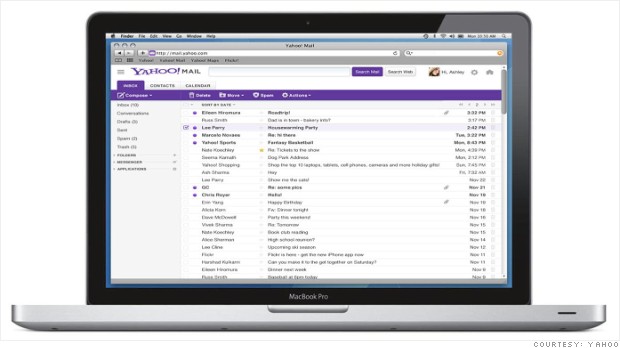
A powerful new telecommunications satellite for the UK military has blasted into orbit.
The five-tonne Skynet-5D platform was sent up on an Ariane rocket from the Kourou spaceport in French Guiana.
It complements three others already in operation, enabling British forces to stay connected over most of the globe.
The Skynet system, which includes the radio equipment
deployed on ships, on vehicles and in the hands of troops, is the UK's
single biggest space project.
It is valued at up to £3.6bn over 20 years and is run by a
commercial company, Astrium, in a Private Finance Initiative (PFI) with
the Ministry of Defence (MoD).
UK forces pay an annual service charge for which they get
guaranteed bandwidth, with spare capacity then sold to "friendly
forces". These third party customers include the Nato allies such as
the US.
The Ariane left the ground at precisely 18:49 local time
(21:49 GMT) and dropped off Skynet-5D 27 minutes later over the east
coast of Africa. 5D will now use its own propulsion system to move into a
geostationary position at an altitude of 36,000km. The eventual
operating position early next year will be at 53 degrees East.
The first three spacecraft in the Skynet series were launched
in 2007-2008. They all match the sophistication of the very latest
civilian platforms used to pass TV, phone and internet traffic, but have
been "hardened" for military use.
Classified technologies on board will resist, for example,
attempts to disable the spacecraft with lasers or to "jam" their
operation with rogue signals.
Putting a fourth spacecraft in the fleet gives some assurance to the
MoD that a basic service can be maintained through this decade even if
there is a failure in orbit of one or two satellites.
5D is largely a clone of 5A, 5B and 5C, and even includes a number of spare parts held in reserve.
 Antarctic science bases are using Skynet
Antarctic science bases are using Skynet
"From a distance you would not be able to tell the difference
between them all," said Van Odedra, the Skynet programme manager at
Astrium, Europe's biggest space company.
"It is inside though that there have been some subtle changes
in terms of the configuration - particularly the UHF payload. We were
able to introduce some design changes to be able to provide more than
double the number of channels compared with 5A, 5B and 5C."
UHF (Ultra High Frequency) is much in demand. The frequency
supports "comms on the move" - soldiers in forward deployments with
backpack radios, and the like.
The MoD wants more of it and Astrium is keen to be able to sell additional capacity to its third-party customers.
A lot of key encrypted data will go through the satellite's X-band (SHF, Super High Frequency) payload.
Astrium intends to purchase further X-band capacity on a
Canadian satellite launching next year. This will be positioned over
the Americas and when combined with Skynet's own X-band offering will
give UK forces coverage from 178 West to 135 East - near global
coverage.
Antarctic support
Although principally a military system, Skynet is finding use also in civilian sectors.
"Using Skynet, we also support something called the High
Integrity Telecommunication System (HITS) for the UK Cabinet Office,"
explained Simon Kershaw, executive director of government communications
at Astrium Services.
"HITS is a civil-response, national-disaster-response
capability. It was deployed during the Olympics. It provides emergency
comms support. The network runs from police strategic command centres
across the UK into the crisis management centres, and into government as
well," he told BBC News.
 Skynet is one of the MoD's biggest PFIs
Skynet is one of the MoD's biggest PFIs
"And we still fly three of the old Skynet-4 satellites, one of
which is now 22 years old - not bad for a design life of eight years.
"Skynet-4C is now in such an inclined orbit that we offer
several hours of coverage over the South Pole each day. It's a niche and
unique capability for what is a geostationary satellite." The British
and American Antarctic operations make use of this service.
5D represents probably the completion of the current
generation Skynet system. Already, Astrium is in discussion with the MoD
about the shape of a possible follow-on.
It is not clear just yet what the military's requirements
will be in the 2020s but it is almost certain to include some satellite
capability.
Whatever happens, those spacecraft still working at the end
of the Astrium contract will pass to the ownership of the MoD for the
sum of £1.
Ariane's second "passenger" for Wednesday's flight was the
three-tonne Mexican telecommunications platform Mexsat Bicentenario. It
was released by the rocket's upper-stage 36 minutes after launch.
Retweet this story

















 A powerful new telecommunications satellite for the UK military has blasted into orbit.
A powerful new telecommunications satellite for the UK military has blasted into orbit.










 Retweet this story
Retweet this story





























